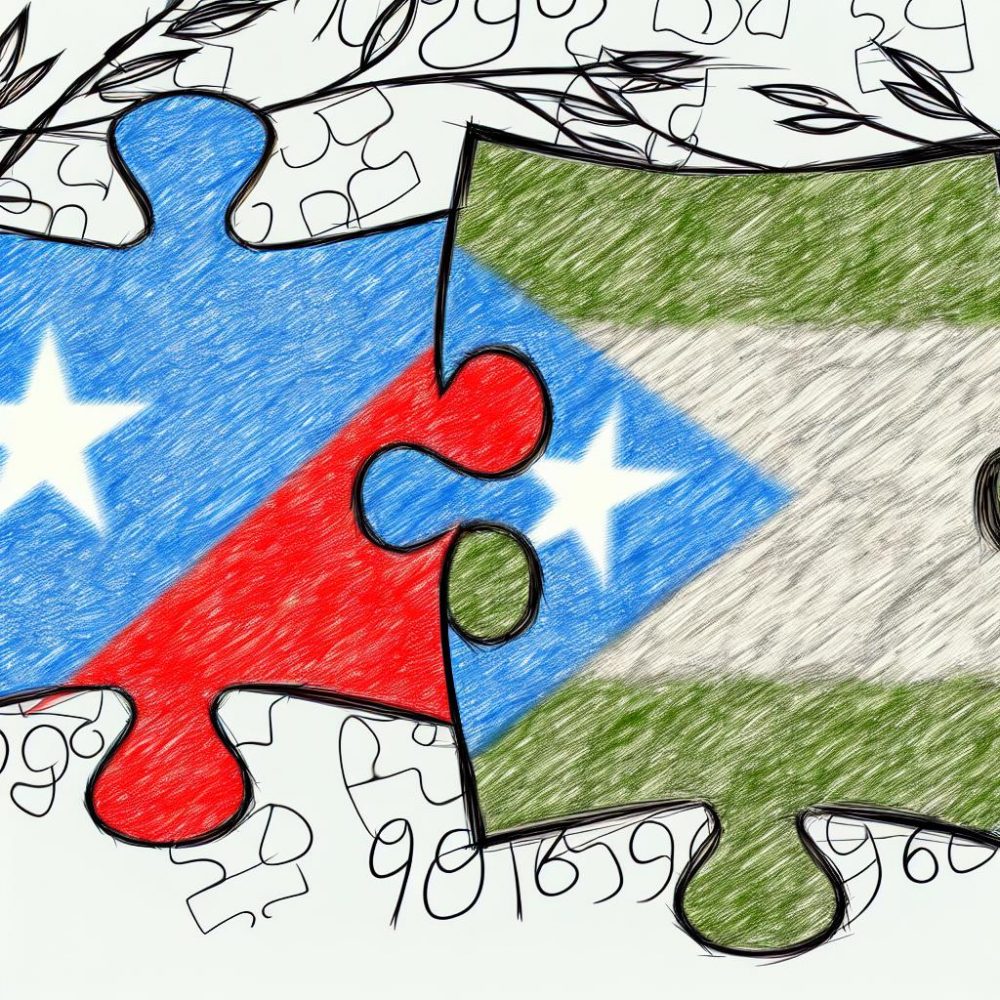
The Historical Context
The unification of Somaliland with Somalia in 1960 marked a pivotal political event in the Horn of Africa. This merger culminated from a historical context deeply rooted in colonial experiences. Prior to unification, Somaliland and Somalia were under British and Italian colonial administrations, respectively. Despite these distinct colonial legacies, both regions shared significant ethnic and cultural commonalities, which facilitated the conditions for their eventual unification.
British and Italian Colonial Rule
British Somaliland gained independence from the United Kingdom on June 26, 1960. Just a few days later, on July 1, 1960, Italian Somaliland was granted independence under the tutelage of the United Nations Trusteeship Council. The Council had been managing it since the end of World War II. These events were emblematic of the decolonization trend which swept across Africa in the mid-20th century, as many nations sought to reclaim sovereignty and self-determination.
Under British rule, Somaliland was governed with a comparatively indirect administrative style. The British largely relied on existing traditional clan structures to maintain order and facilitate governance. Conversely, Italian Somaliland experienced a more centralized and direct style of governance, characterized by the imposition of Italian political and cultural institutions. These differing administrative approaches resulted in distinct developmental trajectories for the two regions, influencing their post-colonial political landscapes.
The Push for Unification
The momentum for unification between British Somaliland and Italian Somaliland was strong upon their respective independences. The aspiration for a united Somali nation-state was driven by a shared ethnic identity, rooted in common ancestry and cultural practices, such as language and pastoral traditions. This shared identity was bolstered by the political leadership in both regions, who viewed unification as a pathway to enhance political influence and economic development on a broader scale.
On July 1, 1960, the two territories formally declared their intent to unite and formed the Somali Republic. This historical moment symbolized a new beginning for a population striving for national cohesion and international recognition. The unification highlighted the intrinsic desire among the people for a stable and prosperous national future.
The Formation of the Somali Republic
Upon unification, the Somali Republic embraced democratic principles to lay the foundation of its government. A constitution was adopted, emphasizing democratic governance and seeking to unify differing colonial legacies. Aden Abdullah Osman Daar became the first president, spearheading efforts to unify and stabilize the fledgling state. Mogadishu, located in the former Italian Somaliland region and geographically central, was chosen as the capital. This decision reflected both strategic considerations and an attempt to unify the diverse regions politically and administratively.
The integration of differing administrative systems, cultures, and institutions presented a formidable task. However, the initial sense of national unity and promise of a bright collective future generated enthusiasm among the citizens.
Challenges and Aftermath
While the early days of the union were characterized by a spirit of unity, complexities in governance quickly surfaced. The integration of administrative and governance structures from both British and Italian colonial traditions presented significant challenges. Differences in legal systems and administrative frameworks began to hinder the functionality of the new state apparatus.
The disparities in political and economic conditions between the northern (former British) and southern (former Italian) parts of the country became apparent. The resultant tensions and grievances were rooted in historical inequities and were exacerbated by perceived inequalities in resource allocation and political representation. Such divisions fostered regional discontent, eventually straining the union to its breaking point.
As tensions escalated over the ensuing decades, the political landscape of the Somali Republic experienced significant upheaval. The culmination of these tensions was the unilateral declaration of independence by Somaliland in 1991. Although this declaration marked a significant shift in the region’s political trajectory, it has not been recognized by the international community, leaving Somaliland in a state of political limbo.
The complexities arising from colonial legacy, coupled with differences in cultural governance, continue to shape the socio-political dynamics of the Horn of Africa. Understanding the historical context of these events is crucial for comprehending the current challenges and opportunities for reconciliation and development in the region.
For further research and a deeper understanding of this topic, one might explore scholarly articles and journals concerning the history of Somaliland and Somalia. Reliable academic databases can provide insightful analyses and comprehensive perspectives on the intricacies of this historical narrative.